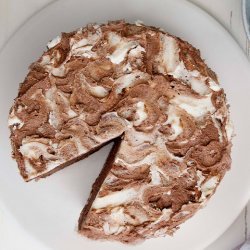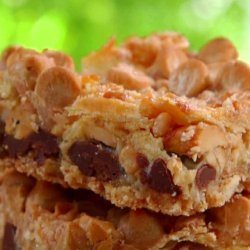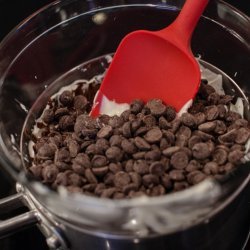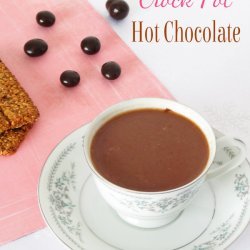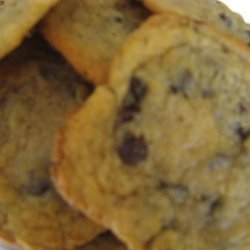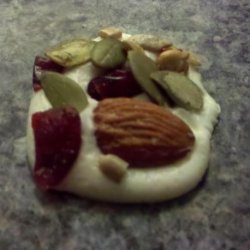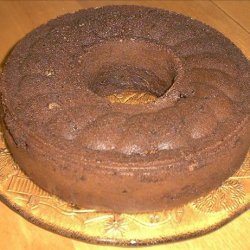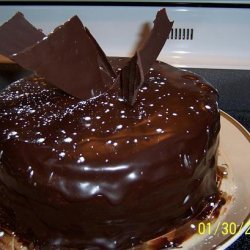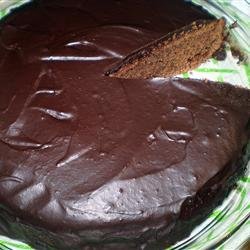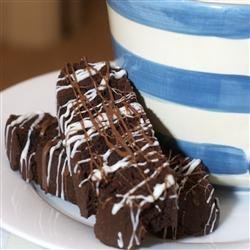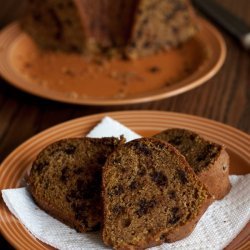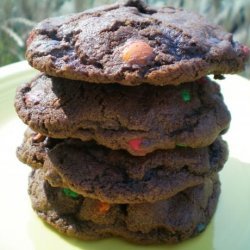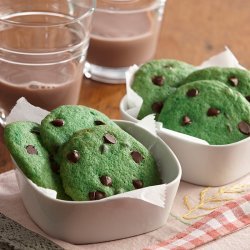Directions:
- Using the palette template provided, trace the shape onto a piece of cardboard and cut it out, creating a stencil. Spread a 1/8-inch-thick layer of the white chocolate onto a sheet of parchment paper or acetate. Let the chocolate set slightly, about 4 to 5 minutes. The chocolate will be firm enough to cut but it will not be hard. Place the cardboard stencil on top of the chocolate, and with the tip of a sharp paring knife, cut all the way through the chocolate, working quickly before the chocolate becomes too hard. Peel off the paper or acetate from what is now the top. Remove the cut palette and set aside for assembly.
- To make the paintbrushes, use a cornet half filled with bittersweet chocolate. Pipe a 1/8-inch-thick 4-inch-long line onto a clean sheet of parchment paper or acetate. Pipe an extra 1/2-inch teardrop at one end of the chocolate line.
- To make the paints, mix the cocoa butter and a small amount of powdered food coloring together (it will be easier if you use a yogurt machine to store and warm your paints). Using a paintbrush, create paint spots on the palette, applying as many colors as you are inspired to do.
- To assemble, set the palette on a plate. Rest the ends of the paintbrush in the finger hold. Place chocolate bonbons on the palette near each paint color.
- How to Temper Chocolate(From Dessert Circus, Extraordinary Desserts You Can Make At Home by Jacques Torres):
- Chocolate is tempered so that after it has been melted, it retains its gloss and hardens again without becoming chalky and white (that happens when the molecules of fat separate and form on top of the chocolate). There are a variety of ways to temper.
- One of the easiest ways to temper chocolate is to chop it into small pieces and then place it in the microwave for 30 seconds at a time on high power until most of the chocolate is melted. Be very careful not to overheat it. (The temperature of dark chocolate should be between 88 and 90 degrees F, slightly warmer than your bottom lip. It will retain its shape even when mostly melted. White and milk chocolates melt at a temperature approximately 2 degrees F less because of the amount of lactose they contain.) Any remaining lumps will melt in the chocolate's residual heat. Use an immersion blender or whisk to break up the lumps. Usually, chocolate begins to set, or crystallize, along the side of the bowl. As it sets, mix those crystals into the melted chocolate to temper it. A glass bowl retains heat well and keeps the chocolate tempered longer.
- Another way to temper chocolate is called seeding. In this method, add small pieces of unmelted chocolate to melted chocolate. The amount of unmelted chocolate to be added depends on the temperature of the melted chocolate, but is usually 1/4 of the total amount. It is easiest to use an immersion blender for this, or a whisk.
- The classic way to temper chocolate is called tabliering. Two thirds of the melted chocolate is poured onto a marble or another cold work surface. The chocolate is spread out and worked with a spatula until its temperature is approximately 81 degrees F. At this stage, it is thick and begins to set. This tempered chocolate is then added to the remaining non-tempered chocolate and mixed thoroughly until the mass has a completely uniform temperature. If the temperature is still too high, part of the chocolate is worked further on the cold surface until the correct temperature is reached. This is a lot of work, requires a lot of room, and makes a big mess.
- A simple method of checking tempering, is to apply a small quantity of chocolate to a piece of paper or to the point of a knife. If the chocolate has been correctly tempered, it will harden evenly and show a good gloss within a few minutes.
Nutrition Facts
| Amount Per 1 Serving | |||
| Calories | 702.51 Kcal (2941 kJ) | ||
| Calories from fat | 359.76 Kcal | ||
| % Daily Value* | |||
| Total Fat | 39.97g | 61% | |
|---|---|---|---|
| Cholesterol | 28.63mg | 10% | |
| Sodium | 121.34mg | 5% | |
| Potassium | 324.32mg | 7% | |
| Total Carbs | 82.78g | 28% | |
| Sugars | 79.38g | 318% | |
| Dietary Fiber | 0.57g | 2% | |
| Protein | 7.65g | 15% | |
| Vitamin C | 1.1mg | 2% | |
| Iron | 0.3mg | 2% | |
| Calcium | 244.9mg | 24% | |
| Amount Per 100 g | |||
| Calories | 495.6 Kcal (2075 kJ) | ||
| Calories from fat | 253.8 Kcal | ||
| % Daily Value* | |||
| Total Fat | 28.2g | 61% | |
|---|---|---|---|
| Cholesterol | 20.2mg | 10% | |
| Sodium | 85.6mg | 5% | |
| Potassium | 228.8mg | 7% | |
| Total Carbs | 58.4g | 28% | |
| Sugars | 56g | 318% | |
| Dietary Fiber | 0.4g | 2% | |
| Protein | 5.4g | 15% | |
| Vitamin C | 0.8mg | 2% | |
| Iron | 0.2mg | 2% | |
| Calcium | 172.8mg | 24% | |
* Percent Daily Values are based on a 2000 calorie diet. Your daily values may be higher or lower depending on your calorie needs.
Find out how many calories should you eat.
Get Your Recipe of Health!
Follow RecipeOfHealth on Facebook!



